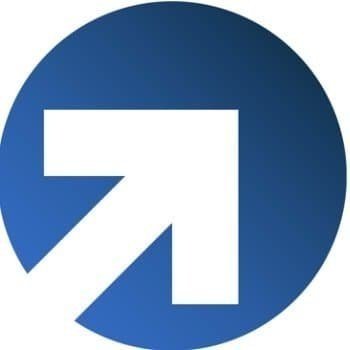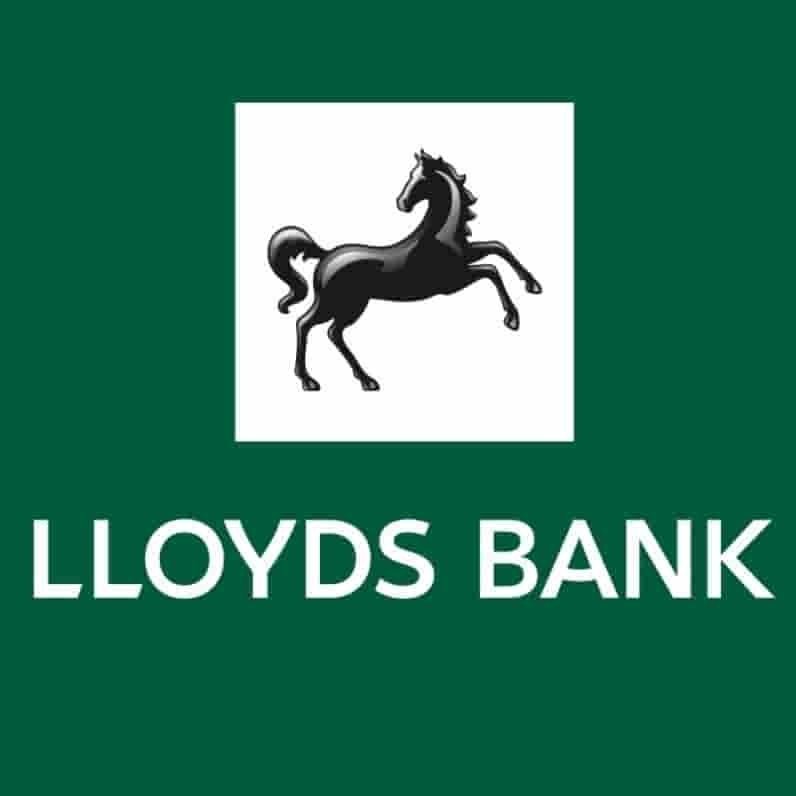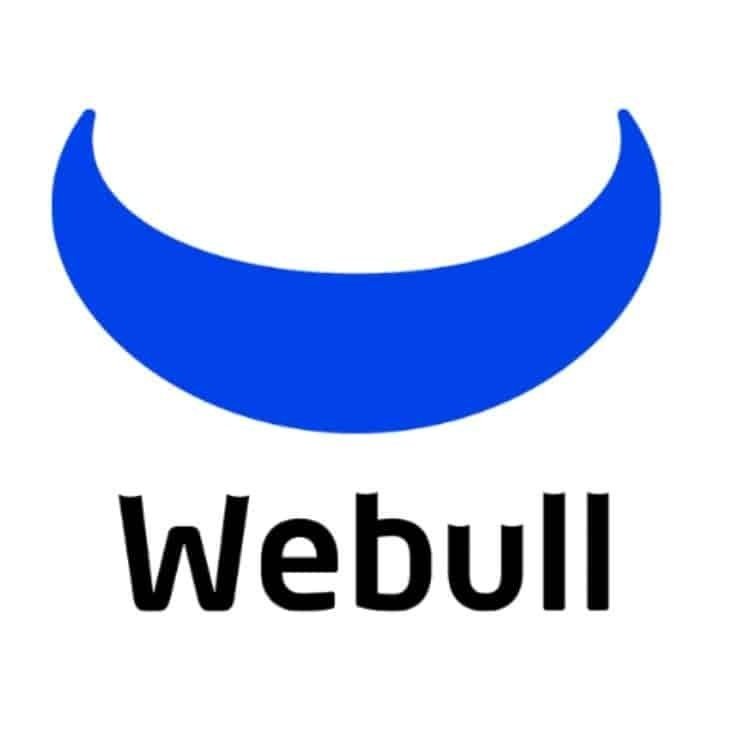When Did Futures Trading Start?

Table of Contents
Futures trading might feel like a modern concept, full of charts, contracts, and fast-paced platforms, but its roots actually go back hundreds of years. Long before online brokers and trading apps, futures were already helping merchants, farmers, and investors manage uncertainty around pricing.
So, when did futures trading really begin? The short answer: much earlier than most people actually know of.
The Origins From the Ancient and Early Concepts
The idea behind a futures contract is simple, agreeing today on a price for something that will be delivered later. This concept existed in various forms in ancient civilisations.
In ancient Mesopotamia, clay tablets have been found showing records of forward contracts for goods like grain and livestock. These agreements allowed traders to lock in prices ahead of time, protecting both buyers and sellers from future price changes.
While not futures contracts in the modern sense, they laid the groundwork for what was to come.
The First True Futures Market (Osaka, Japan, 1700s)
The first official and organised futures market was launched in Osaka, Japan in the 1700s, specifically for rice trading. Known as the Dōjima Rice Exchange, it allowed samurai, merchants, and farmers to trade rice contracts, locking in future prices to manage risks associated with harvests and storage.
This exchange introduced the earliest forms of:
● Standardised contracts
● Settlement terms
● Price speculation based on future supply and demand
The system proved so effective that it became a model for later futures markets around the world.
The Rise of Modern Futures (Chicago 1800s)
The futures market as we know it today really began to take shape in Chicago during the mid-19th century, with the founding of the Chicago Board of Trade (CBOT) in 1848.
At that time, America’s agricultural industry was booming, but the markets were chaotic. Prices were unstable, and delivery agreements lacked consistency. Farmers, traders, and buyers needed a better way to plan ahead.
The CBOT introduced standardised futures contracts for grain, allowing parties to agree on quality, quantity, price, and delivery date in advance. This made futures trading:
● More reliable
● Easier to regulate
● Less risky for all involved
From here, futures markets expanded into livestock, metals, oil, and eventually, financial instruments like interest rates and stock indices.
Futures Trading in the 20th Century
As markets matured, futures trading became more formalised and accessible. With the introduction of:
● Clearing houses
● Margin systems
● Electronic trading platforms
…futures became a global financial tool used by both institutions and individuals.
The launch of the Chicago Mercantile Exchange (CME) in the early 1900s further expanded futures into non-agricultural assets, including currencies and interest rates.
And by the end of the 20th century, futures trading was a key part of global finance, and traders began using more advanced strategies, including options on futures and algorithmic execution.
Futures Trading Today
Now, futures contracts are available on everything from:
● Gold, oil, and wheat
● Stock indices like the S&P 500
● Currencies and interest rates
● Crypto assets on some exchanges
What began as a way to protect farmers from bad harvests has evolved into a multi-trillion-pound global market that moves at the speed of light, but the core idea remains the same: managing risk and speculating on future prices.
And with the growth of online platforms, many experienced traders now choose to work with a futures prop firm, giving them access to capital and infrastructure without needing to put all their own money on the line.
It’s Come a Long Way Since the Beginning
Futures trading has come a long way from rice contracts in 18th-century Japan to algorithmic trades on global exchanges. Yet, the principle behind it, locking in a price today for something tomorrow, is as relevant now as it was centuries ago.
Whether you’re trading oil, indices, or currencies, futures markets continue to offer opportunities for those who understand how they work and manage risk carefully.
Members of our team make £100s each month using this site and you can get £8 just for signing up! To claim your £8 bonus…
Sign up now and claim your free spins with no deposit needed. To claim your free spins: Sign up here…
Sign up now and claim up to 300 free spins with no deposit needed. To claim your free spins: Sign up here…
New users will get a £2 bonus just for signing up! To claim your £2 bonus: Sign up here - Verify your email address..
Sign up to Raisin UK and get a £100 bonus when you deposit £10,000 or more into a fixed-rate bond — boosting your...
They are currently giving new users a £10 bonus when making any purchase. To claim your £10 reward: follow these...
To claim the 45,000 points: Sign up here – for the Amex Preferred Rewards Gold Card. Complete your application and...
Right now you can get £50 for opening a Lloyds bank account. To claim the £50 bonus: follow these simple...
Right now, you can get a £175 bonus when you switch banks to NatWest. To claim your £175 bonus: Sign up here…
New users can get a free share worth up to £100 when they sign up. To claim your free share: follow the steps below...
Sign up to WorldFirst now and get a £75 bonus. To claim your £75 bonus: Sign up here – Verify your ID (usually...
Right now if you switch to a Santander Everyday current account you will get a £200 bonus. To claim the £200 bonus…
Sign up to Monument Bank and get a £50 bonus when you deposit £10,000 or more into a savings account — boosting your...
New users will get a free share worth up to £100 when they sign up to Freetrade. To claim your free share: Sign up here...
New users can get £10 off their first £25+ purchase. To claim your £10 off: Sign up here. Select a brand you’d like…
New users can currently claim a free Rolls Royce share (worth around £11) just for opening an account and making a deposit…
New users can currently get a free £50 ETF voucher for signing up. To claim the £50 bonus: Sign up here – Opt in by tapping ...
Sign up to Wirex, a digital payment platform, and get up to £100 cash just by spending with your new account...
New users will receive a £25 bonus when making their first purchase. To claim the £25 bonus: Sign up here – You'll...
£175 free cash when you open or switch to a Barclays Business Current Account — plus no monthly fees for your…
Barclays are offering free Apple TV+, MLS Season Pass, and up to £200 in extras when you switch to one of their current…
This latest offer gives you a £100 Amazon Gift Card when you switch your income to a Chase Current Account…
New users can get a bonus of 100 entries for depositing their first £100. To claim your 100 entries bonus: follow the steps below...
Sign up to Monzo bank and get up to £50 free cash, plus an extra £5-20 bonus for trying out their investment…
New users can get a £10 bonus when they sign up to SumUp. To claim your £10 bonus: Sign up with code CHARLOTTE5511...
Lotto Social is a fun and exciting way to create and manage online lottery syndicates. You can currently get 10...
New users can get £2.50 cashback when they sign up and buy their first gift card worth £25+ within 14 days. To claim…
This £175 switch offer is exclusively for existing Nationwide customers. To claim up to £175: follow these steps...
Sign up to Zilch now and get £5 to spend on a new virtual card. To claim your £5 bonus: Sign up here – Complete the…





























CLAIM NOW
Cashback is a website and platform which offers users cashback in exchange for completing tasks. To claim your £10…